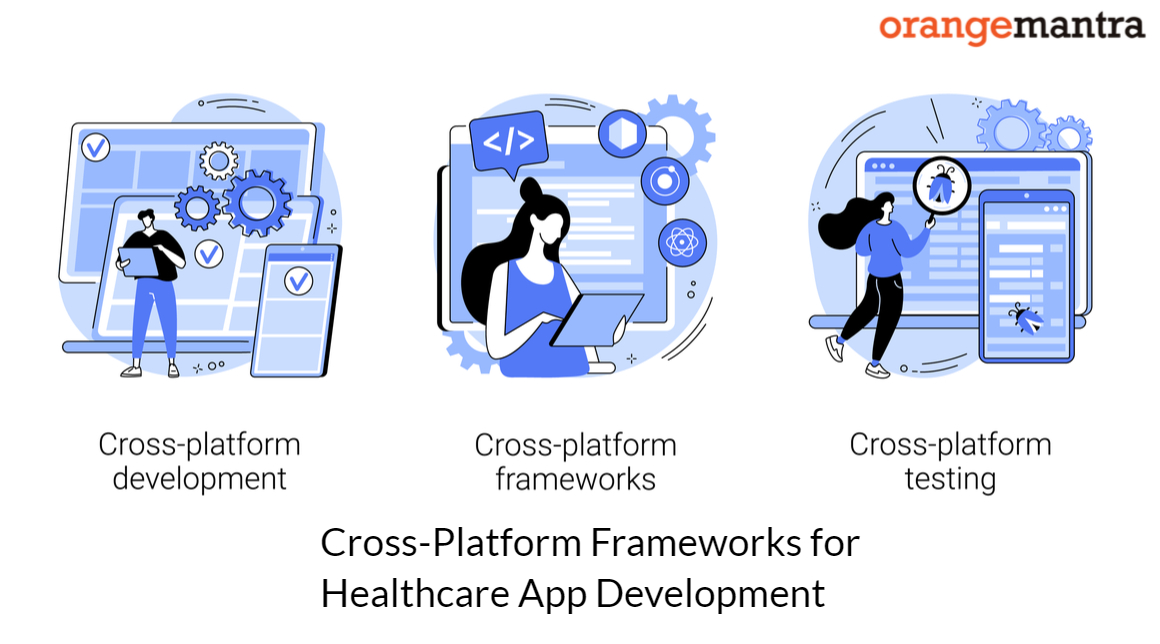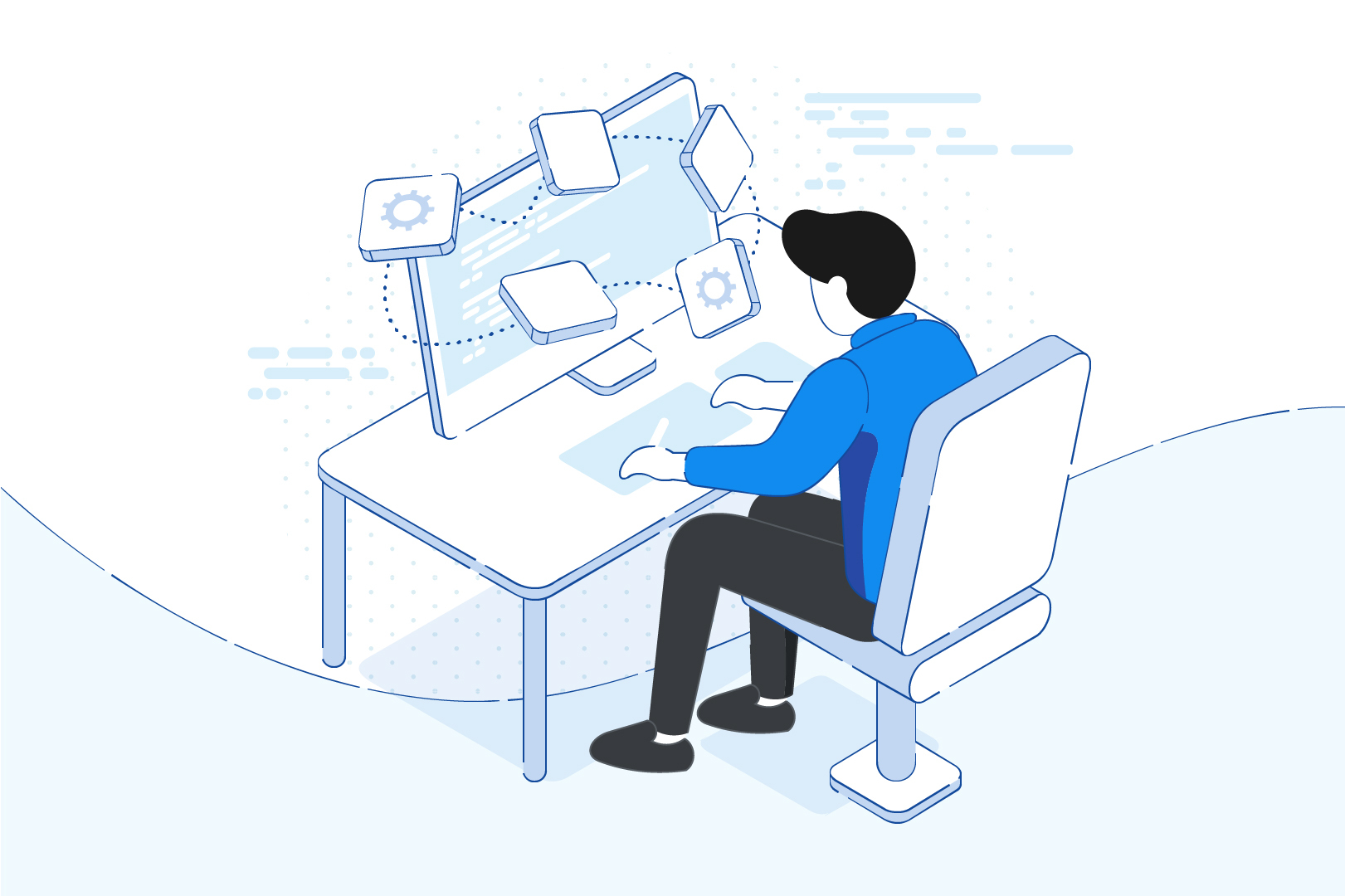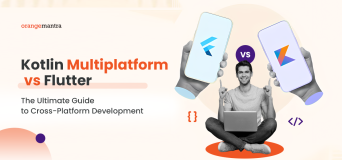Apart from the Education sector, Healthcare is another industry that won’t see the effects of recession unless we develop a vaccine that gives immortality. Health is gaining popularity in terms of revenue as the market is projected to reach $102billion by the end of the year 2021. Yet Mobile healthcare solutions can never replace the importance of a doctor, it is just a way to establish more personalized communication between doc and their patients. Just in the 1st quarter of 2020, we’ve witnessed the download of fitness and healthcare applications more than 500 million times. According to Statista, this figure is expected to reach 700 million figures by the end of this year.
Although this growth is probably stimulated by COVID-19, this sudden rise has uncovered the real need for virtual healthcare solutions. The current app market demands multiple platform supporting applications. And since these applications take care of human health, it is imperative for business owners to look after the software development process thoroughly. The main question is, how to start the development process and how to make the system stable and secure for multiple platforms at the same time? In the following article, we’re going to look at how developing cross-platform applications might work for healthcare solutions.
Healthcare Applications Features
Deciding to develop an application on cross-platforms completely depends on the application’s requirements, system goals, and functionality requirements. So, before moving forward with the development approaches, try to determine the apps category and features.
Healthcare online solutions can be categorized into three major groups: application for Patients, Application for Doctors, Healthcare Dashboard for Administrators.
You can easily define a set of features for an application panel of such degree. Understand one thing that everything depends on your user base, and these categories can overlap each other sometimes. The functional and features list of any application is defined on the basis of business goals and users’ requirements. These features must have the approval of medical and ethical authorities also. For ex: any healthcare application must have GDPR, HIPAA compliance, etc. that makes sure the product is complying with the government’s set of rules.
It is also important to take note of healthcare apps capabilities. As per the Google Play store, a healthcare app cannot treat or diagnose a patient by themselves. These factors are essential as the application’s UI and Architecture depends on them.
Cross-Platform Health Care Application development
You must’ve come across several ‘Cross-Platform vs Native Application’ articles. So, we imagine that you already know the difference between Cross-Platform and Native Applications. Let’s not dwell on that now.
While determining the type of application developers are going to create, business owners take a huge number of factors into account such as:
- Design, UI/UX Specifics
- Apps Accessibility
- Support abilities of the organization after launch
- Time and budget
- Computational complexities
- Native components usage
As we already said, it is important to pay attention to accessibility while planning the development, UI/UX, etc. of a healthcare application. Moreover, the fact that this application is going to be useful for more elderly and disabled people, restricts the approach of design and technology usage.
At the point when a medical care application should be utilized by disabled individuals, there are various programming highlights that we need to consider:
- Voice input and Voice-over
- Zooming
- Visual and vibrating notifications
- Video conferencing
- Color and UI plan variation
Hence, when programming engineers settle on the cross-platform or native solution, they must have a sufficient amount of data regarding the future of the application. This implies that a business owner is required to portray the application’s objective and vision, target audience, principle features, and regular use cases. It’s also significant for programmers to take note of security specifics and standards of working with delicate data. This is where a business analyst can sow their importance as their main purpose is to ask the right questions in order to gather the correct information.
Wrapping UP
Cross-platform solutions are effective in the case of IoT Healthcare Solutions, even after a slow start due to fragmentations in mobile devices. In current times, the applications across the world have been divided into two major platforms – Android and iOS. It is easier for developers to create Cross-Platform applications. Tools provided by Google and Facebook(Ionic, React, Flutter, Xamarin, etc) are a big help as they offer sufficient documentation and a huge community base. OrangeMantra, a leading digital transformation organization, has been offering such services since the dawn of application development and have gathered the best developers for each of these platforms. Get in touch with our experts and we’ll help you launch your dream cross-platform healthcare application.
FAQs
Q1. What is a Cross-Platform Application development?
Cross-Platform Application development is the process of software development where developers are given the power to develop interfaces for applications that can be used on different Operating Systems. Xamarin is one such framework that allows developers to create an application that is compatible with multiple platforms.
Q2. How do you create a Cross-Platform Application?
There are several frameworks such as Xamarin, Flutter, etc are available for Cross-platform application development. Other than that, The application development process is quite similar to the native application development procedure.
Q3. What programming language is best for CP Development?
Java, JavaScript, PHP, CSS3, HTML5, etc, are the most used languages in all the frameworks. You can learn these applications as they are the basics of any application development platforms.























